On New Year's Day, Buddhist god Hotei brings gifts and good fortune in Japan
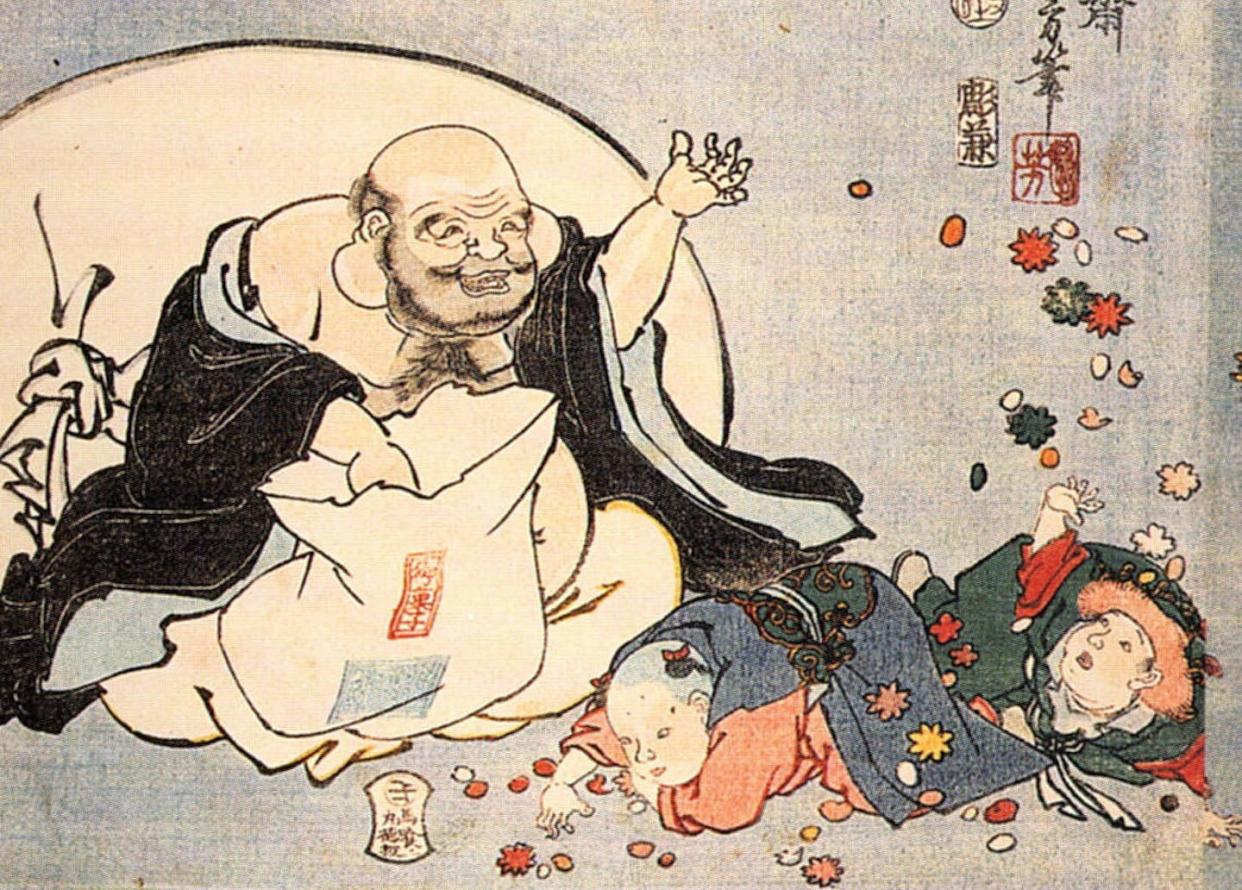
- Oops!Something went wrong.Please try again later.
The new year brings a fresh start, symbolized in some cultures by the cherubic baby New Year who replaces the old year that has come to a close. In Japan, the roly-poly god Hotei, who is often identified with Santa Claus, ushers in the new year along with six other gods of good fortune; together, they form the Seven Lucky Gods, or shichi fukujin in Japanese.
As a scholar of East Asian religions who studies deities’ transformations over time, I often explain to my students that cross-cultural encounters produce new understandings and images of gods.
New Year celebrations in Japan bring together many different cultural traditions. Unlike most East Asian countries, which celebrate the Lunar New Year, Japan follows the solar calendar in celebrating the new year on Jan. 1. Japanese New Year traditions combine Shinto and Buddhist elements. For example, Buddhist temples ring their bells to welcome the new year, and people hang Shinto straw ropes – shimenawa in Japanese – around their homes to keep good fortune in and bad luck out.
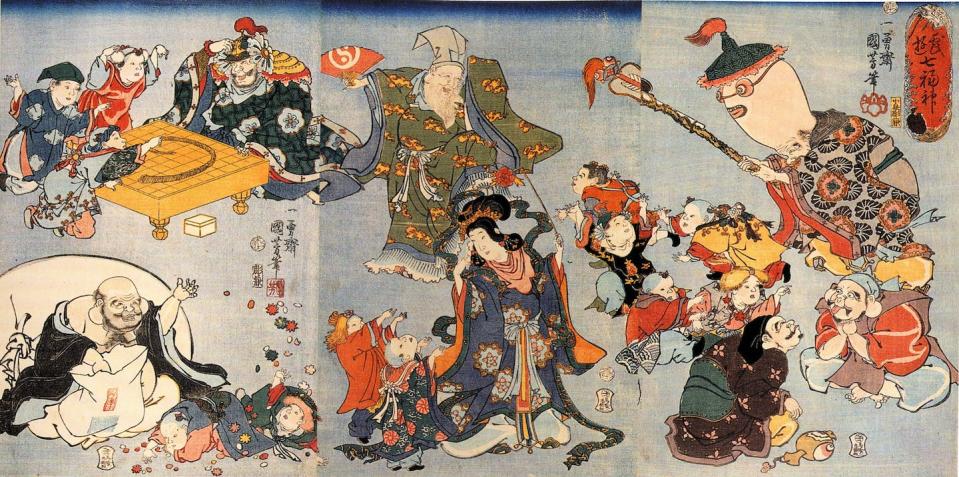
The Seven Lucky Gods also reflect the diverse cultural traditions of Japanese New Year. Along with Hotei, this set includes other Buddhist gods such as Daikokuten, Bishamonten and Benzaiten, along with Chinese gods of longevity and prosperity and the Shinto god Ebisu.
Of these seven gods, Hotei plays the most prominent role in Japanese culture because he is not just a lucky god, but also a buddha.
Origins of Hotei
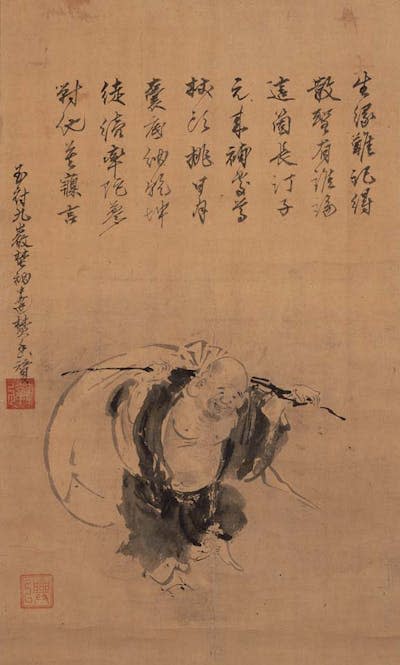
The name Hotei is the Japanese pronunciation of the Chinese “budai,” which means “cloth bag.” In Japan, Hotei is also known as Hotei oshō, or “monk Hotei,” which refers to his origin as a 10th-century Chinese monk.
Hotei belongs to the Zen school of Buddhism, which celebrates simplicity and rejects the desire for fame and fortune. Zen texts portray Hotei as a wandering monk who is content to live a humble, simple life. He carries a large sack full of odds and ends and shares his “treasures” with children.
Some texts even identify Hotei as a buddha. Buddhism teaches that there were multiple buddhas in the past, and there will be more buddhas to come in the future. The most recent buddha – the buddha most Westerners think of when they hear the word – was called Siddhārtha Gautama or Shakyamuni, who lived about 2,500 years ago. The next buddha will be Maitreya, or Miroku in Japanese.
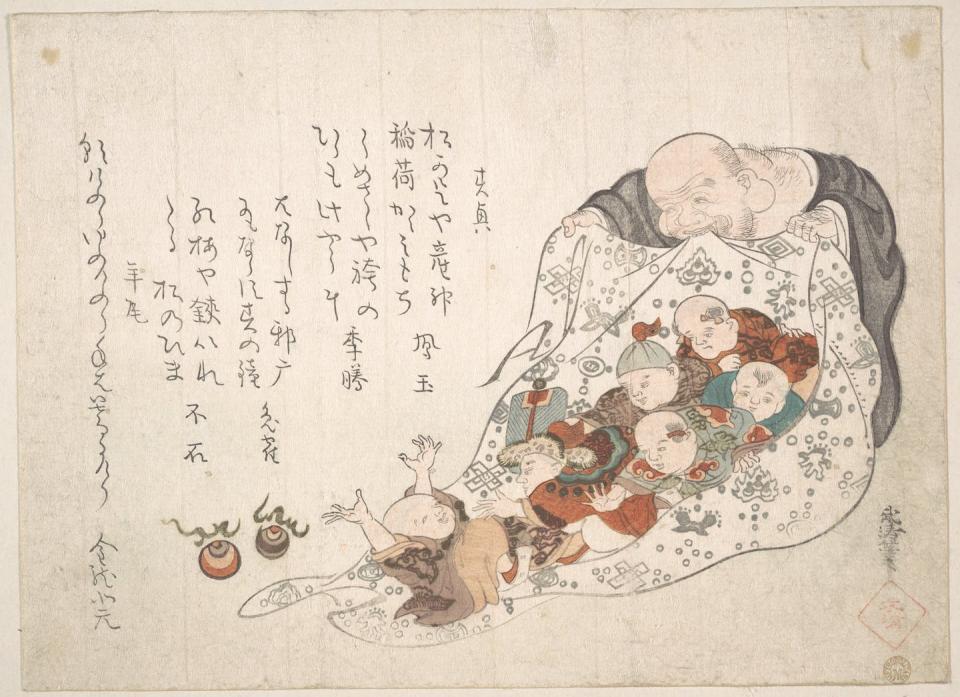
The Seven Lucky Gods
Hotei’s well-fed appearance and bag of treasures represented abundance in China and Japan. It was this association with good fortune that led Hotei to be included in the set of Seven Lucky Gods, which developed in Japan by the 17th century.
Each god is associated with a magical object and a specific virtue. Hotei’s object is his bag that magically remains full, and his virtue is generosity. As one of these lucky gods, Hotei is known for being fond of food and drink, and even serves as the patron deity of bars and restaurants.
Other members of the Seven Lucky Gods share Hotei’s multicultural background. Three of the gods started out as Indian deities in both the Hindu and Buddhist pantheons: Daikokuten is Mahākāla, a form of the Hindu god Shiva; Benzaiten is Sarasvatī, the goddess of knowledge and music; and Bishamonten is Vaiśravaṇa, the guardian god of the north. Like Hotei, Daikokuten underwent significant transformations in Japan, from a wrathful protector to a jolly god of wealth.
The Chinese god of prosperity, known as Fukurokuju in Japanese, and the Chinese god of longevity, Jurōjin in Japanese, both come from Daoist backgrounds. The Shinto god Ebisu is the only one of the Seven Lucky Gods that originated in Japan. Ebisu is sometimes identified as the offspring of the primordial gods Izanagi and Izanami, who gave birth to the Japanese islands. As the god of the sea, Ebisu is particularly worshipped by fishermen.
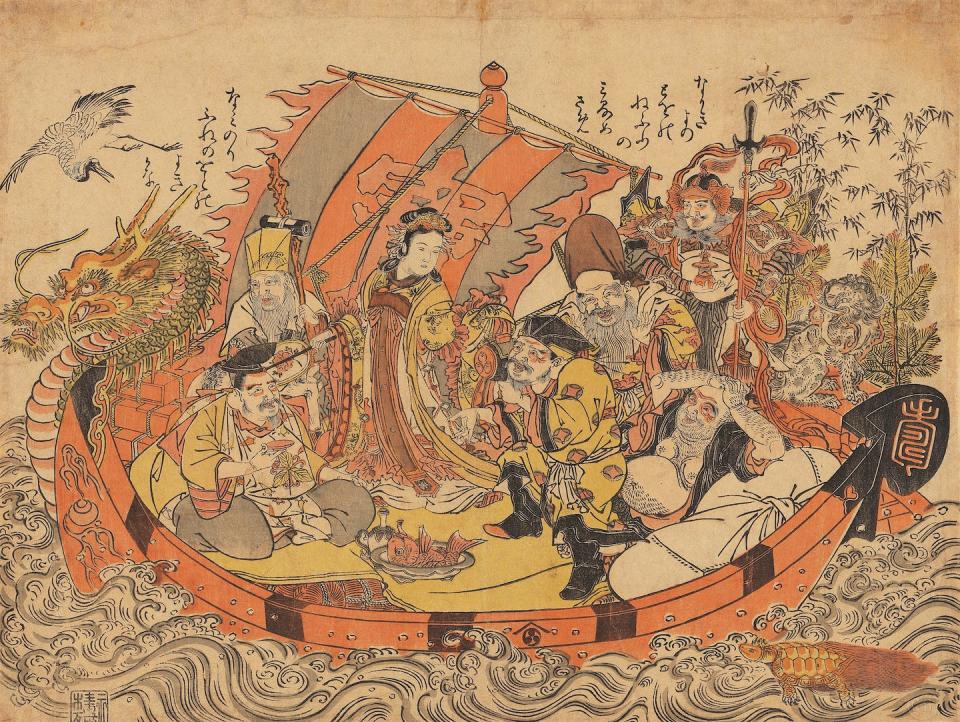
In the first few days of the new year, the Seven Lucky Gods steer their treasure ship, Takarabune, from the heavens to Earth. On the first night of the new year, children place under their pillows a picture of the seven gods on their ship. This is supposed to bring a good dream, a sign of good luck for the year ahead.
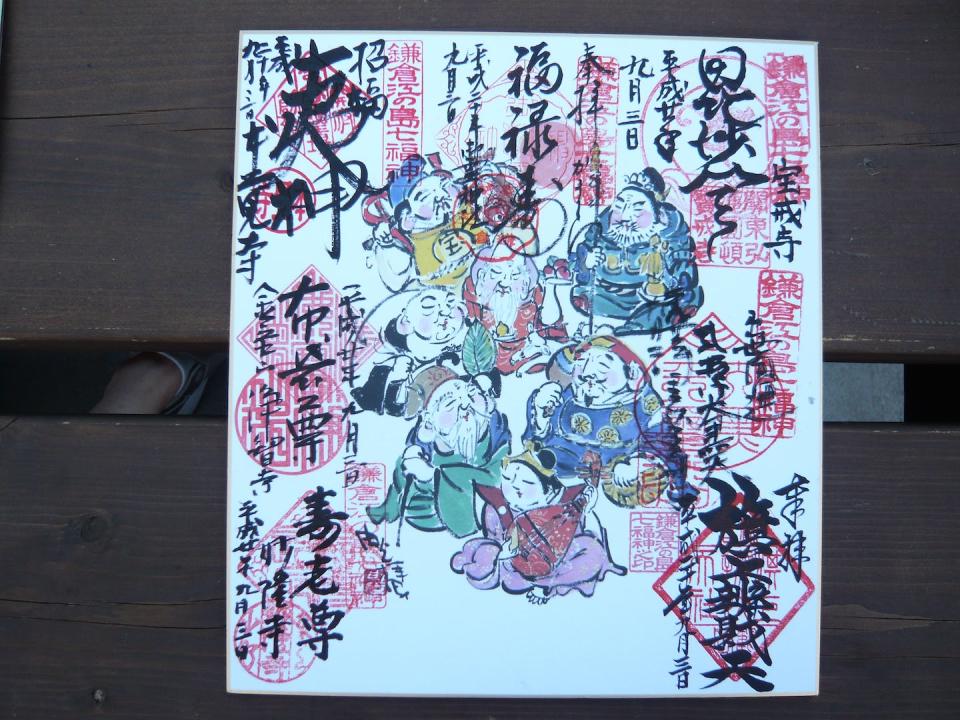
Another New Year’s custom is making a pilgrimage to temples associated with each of the Seven Lucky Gods. Pilgrims start out with a card that includes the names and images of the Seven Lucky Gods, and they collect a stamp for each god at the god’s temple. Completing the pilgrimage brings good luck for the following year.
Hotei’s bag of treasures and rotund physique mean that people in both Japan and the West have identified him as a Japanese Santa Claus. Some temples even dress up Hotei statues in a Santa hat and beard. However, in Japanese tradition, Hotei’s visit still falls a week later for the new year. His bag of treasures offers the gift of renewal and good fortune for the year to come.
This is an updated version of a piece first published on Dec. 12, 2022.
This article is republished from The Conversation, an independent nonprofit news site dedicated to sharing ideas from academic experts. It was written by: Megan Bryson, University of Tennessee. Like this article? Subscribe to our weekly newsletter.
Read more:
Megan Bryson does not work for, consult, own shares in or receive funding from any company or organization that would benefit from this article, and has disclosed no relevant affiliations beyond their academic appointment.

